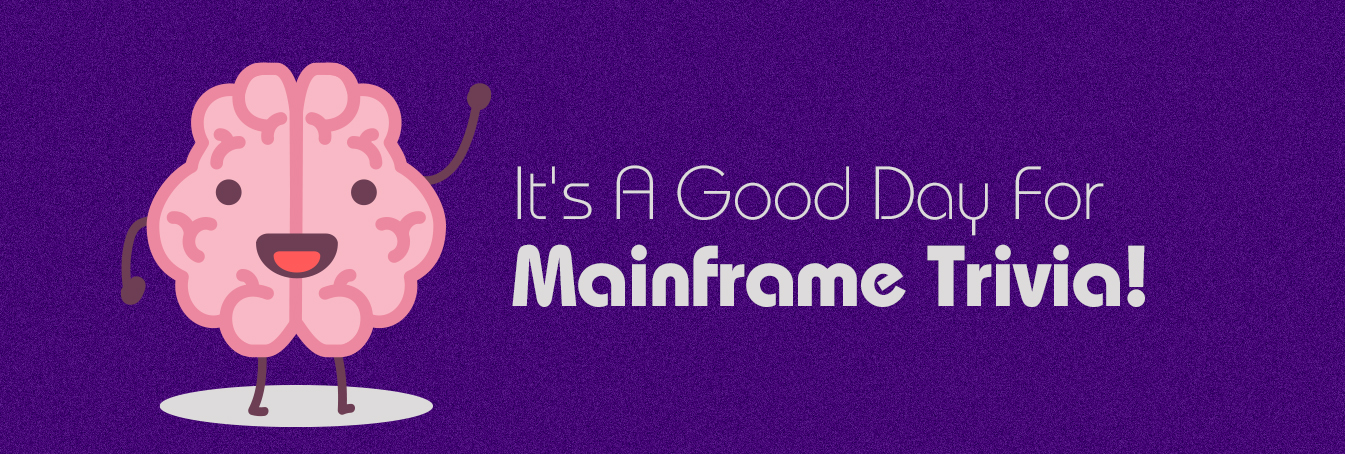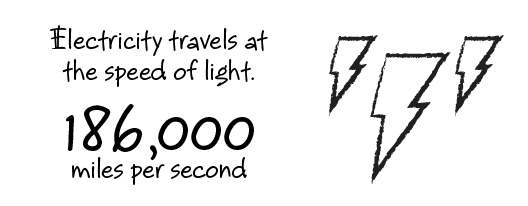
By Sonja Soderlund
Planet Mainframe is here to support your ongoing mainframe training (try saying that five times fast), and our trivia quiz this week is based on two articles that explore the topics of indexing and the basics of Virtual Storage Access Method.
To jump right in, Top 10 Steps to Building the Right Indexes (♧ HINT) takes you into the deep waters of designing and creating appropriate indexes, one of the major struggles with Db2 development. Craig Mullins (President & Principal Consultant of Mullins Consulting, Inc.), whom IBM has named a Gold Consultant and Information Champion, ably takes the reader through a concise, step-by-step guide to building the right tables.
Both an art and a science, this essential skill requires you to juggle different priorities and, as you may have experienced, things can get complicated fast. Mullins takes the guesswork out of index creation and offers a helpful list of steps to take – as well as some general advice. This is essential reading for anyone struggling with “the delicate balancing act of creating the right indexes to optimize the right queries.”
In his article, Basics of VSAM (♧ HINT), Colin Pearce dedicates his attention to the basic structures of Virtual Storage Access Method (VSAM) and their different processing capabilities and access.
With over 30 years of experience as a z/OS Systems Programmer and CICS/TS Systems Programmer, Colin Pearce knows a thing or two about the basics (and beyond) of VSAM, and he brings this experience to bear in this training.
VSAM isn’t exactly new – it’s been around since the 1970s – but it’s still in use because it provides a helpful (once you know how it works) way of storing large amounts of data for various types of access.
Pearce’s article defies a simple summary because it goes into some detail about VSAM’s different structures, with emphasis on the Key Sequenced Dataset. If you have lingering questions about how these structures relate to each other and how they differ, this is the article for you.
Take a few minutes to dive into these articles, then test yourself with our Trivia Quiz.
Indexes should be built to optimize the access of your SQL queries. To properly create an optimal set of indexes requires which of these:
- A list of the SQL to be used
- An estimate of the frequency that each SQL statement will be executed
- The importance of each query
- All of the above
Click to Reveal Answer
D: All of the above
What Does VSAM stand for?
- Virtual Storage Access Method
- Variable Storage Access Method
- Variable Storage Acquisition Mechanism
- Virtual Storage Access Mechanism
Click to Reveal Answer
A: Virtual Storage Access Method
VSAM provides a way of storing large amounts of data for three types of access. Which of these is NOT one of these types of access?
- Random
- Linear
- Sequential
- Skip Sequential
Click to Reveal Answer
B: Linear
Is this statement TRUE or FALSE?
“Each record in the KSDS (Key Sequenced Dataset) has a Key. If REPRO finds 3 keys not in sequence, it abandons the load and reports which keys are out of sequence.”
- True
- False
Click to Reveal Answer
B: False

Wherever you are in your career, there is always more to learn about organizing and accessing the information stored in a mainframe. Take a moment to consider the future raging tension headaches you can avoid by taking the guesswork out of indexing and having a proper understanding of a high-performance access method like VSAM. These articles, with wisdom gleaned from years of working with databases, are worth their weight in gold.

